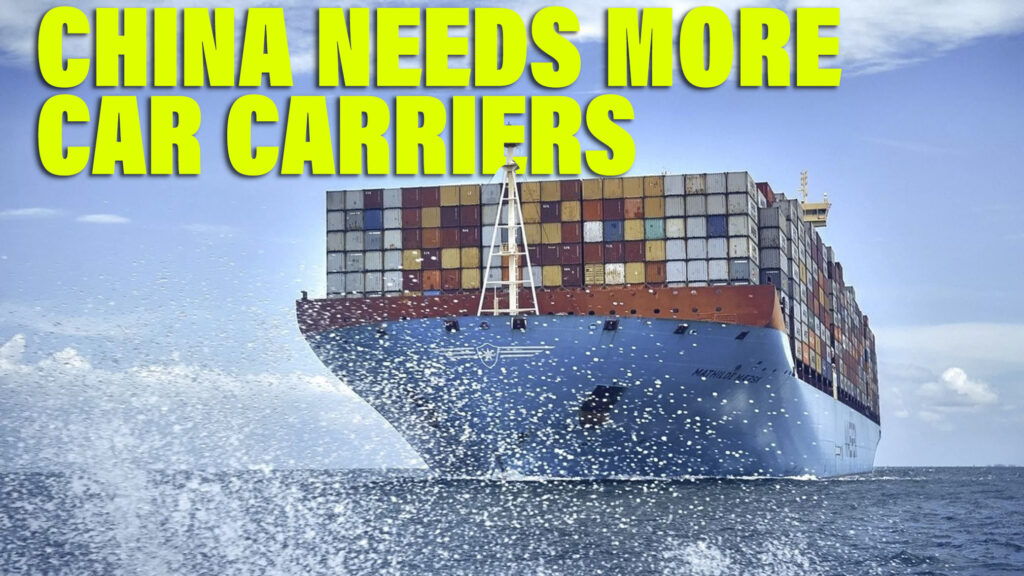The world has become hooked on cheap vehicles from China’s automakers suggests a new report highlighting the flood of cars from the nation. The demand for Chinese-made automobiles is so great that the country doesn’t have enough ships to fulfill the export demand for new cars.
Demand Defies Odds
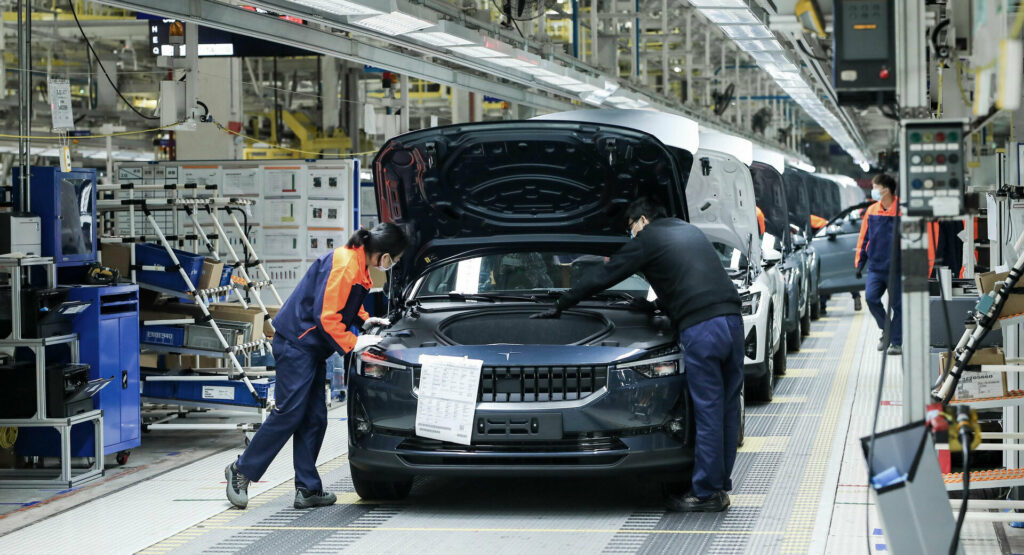
China’s automotive industry is defying the pattern seen in export earnings. In other areas of trade, the country has seen demand for made-in-China goods falter, with overall export figures falling by 5.5 percent in 2023. Meanwhile, export demand for cars has quadrupled in the last three years and has surged by 86 percent through July, with China surpassing Japan as the leading exporter of vehicles this year.
Chinese automakers, for their part, are offering an increasing range of ICE vehicles to overseas consumers at bargain basement prices. The reason could be related to the massive shift in local consumer trends.
See Also: More Chinese Automakers Than Ever Attended The 2023 Munich Motor Show
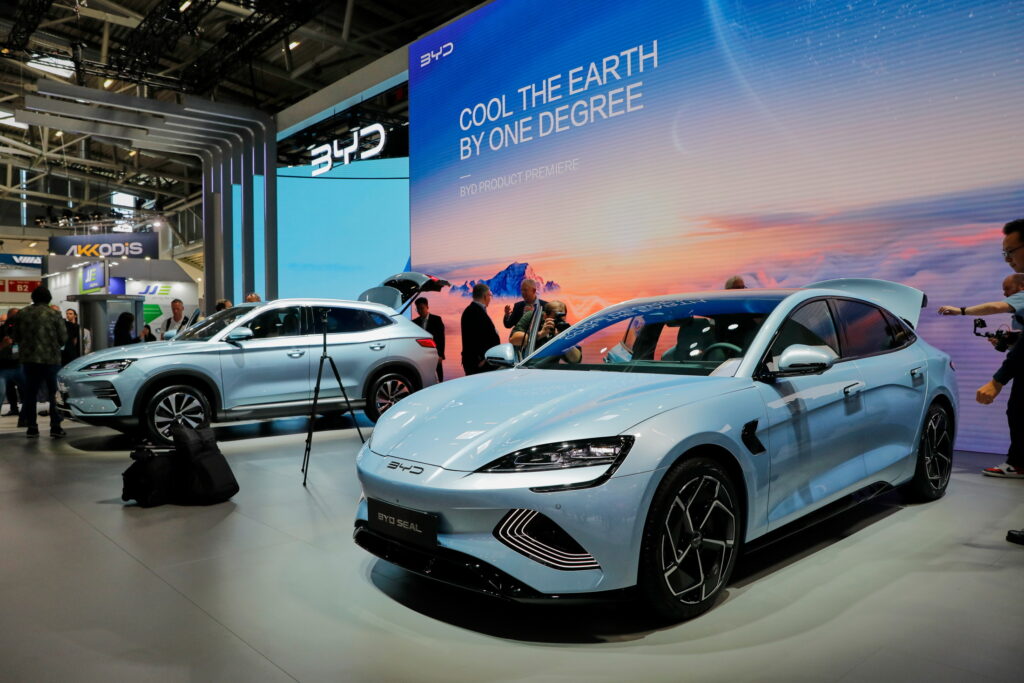
Consumer spending in China — for cars and otherwise — has waned, with the country’s stringent “zero COVID” policy seemingly stifling demand. Even after restrictions were lifted, there are few signs of confidence being restored.
Meanwhile, those in the market for a new car are increasingly shifting to electric power. Chinese manufacturers are leading the world in the production of EVs. But that leaves a significant oversupply of ICE cars unsold. Many of these cars are now being diverted overseas and offered to foreign consumers at low prices.
A report from the New York Times cites the former chief of Chrysler China, who claims Chinese manufacturers have no choice but to dive head-first into exports or risk the consequences of shuttering factories.
Everywhere But The U.S. Is Being Targeted
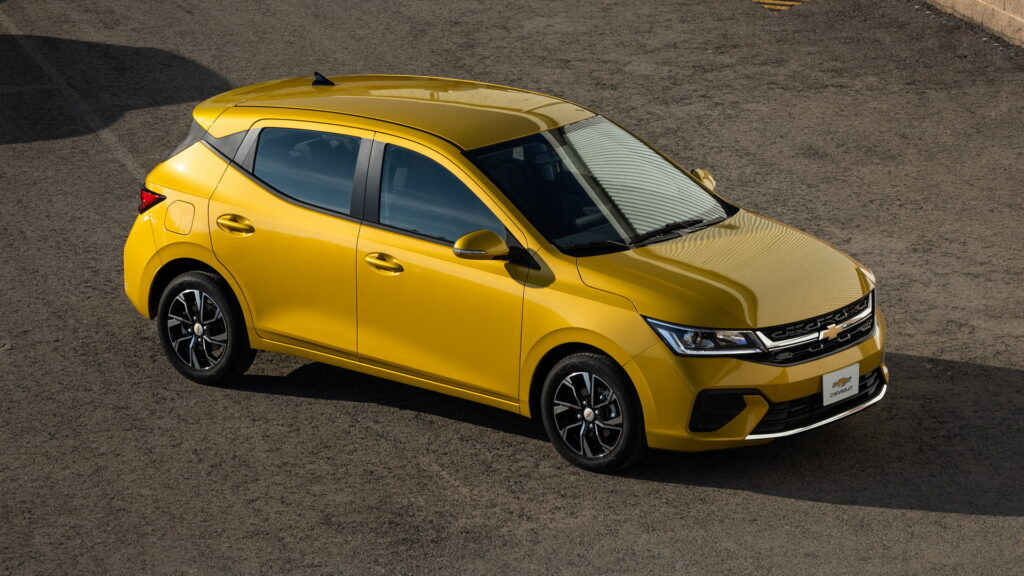
The automotive export assault from the East is seemingly indiscriminate in targets. Chinese automakers have seized massive market share in Russia following the withdrawal of many Western brand names from the nation in response to the ongoing Ukraine war.
Large portions of the Southeast Asian, South American, and Mexican markets have seen Chinese brands make significant inroads for their products. For example, in Mexico, the Chevrolet Aveo is based on a rebadged Wuling, courtesy of SAIC’s partnership with General Motors. A similar story can be found in the Mexican Dodge Journey, which under the skin is a Trumpchi GS5.
Related: Chinese Carmakers Could Account For 33% Of All New Car Sales In 2030
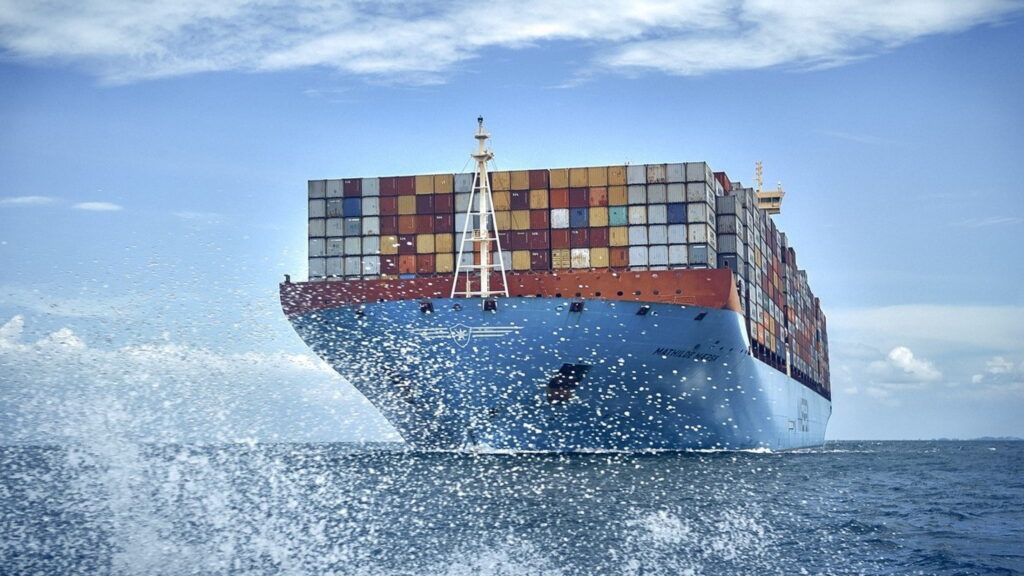
Over in Australia, MG (owned by SAIC since 2007) has become one of the country’s best-selling options in the new car market. And over in Europe, there were twice as many Chinese automakers at the Munich Motor Show as there were the last time it was held in 2021.
The U.S., though, remains a tough nut for Chinese automakers to crack. Trump-era tariffs on Chinese cars mean that few ever make it stateside. ICE and EV cars from China are subject to 25 percent levies, as too are gas-powered engines and batteries.
Shipbuilders Struggle To Cater To New Demand

It would seem the most significant holdup for Chinese automakers is the lack of available ships to transport brand-new cars across the world. According to Daniel Nash, head of vehicle carriers at VesselsValue, Chinese automakers and their shipping lines have placed nearly all the 170 pending orders worldwide for new car-carrying vessels. Prior to the boom, only four car carriers were ordered.
It comes as the cost to hire a car-carrying ship has soared. In 2021, it would set a manufacturer back $16,000 per day. In 2023, just two years later, that number spiraled to $105,000 daily.
Shipbuilders quoted by The New York Times speak of round-the-clock shifts every day, with one welder doing 12-hour shifts with a two-hour break in the middle.
BYD, who are expected to be making a big push into Europe over the coming years, is spending close to $600 million for six of the largest car-carrying ships ever built. Most are scheduled for delivery in the next three years.




